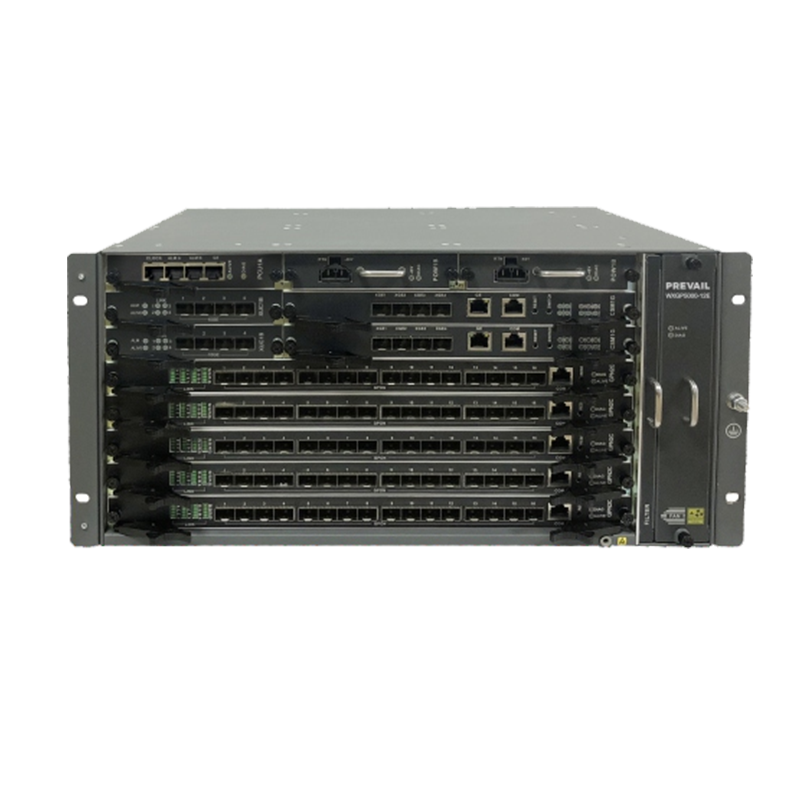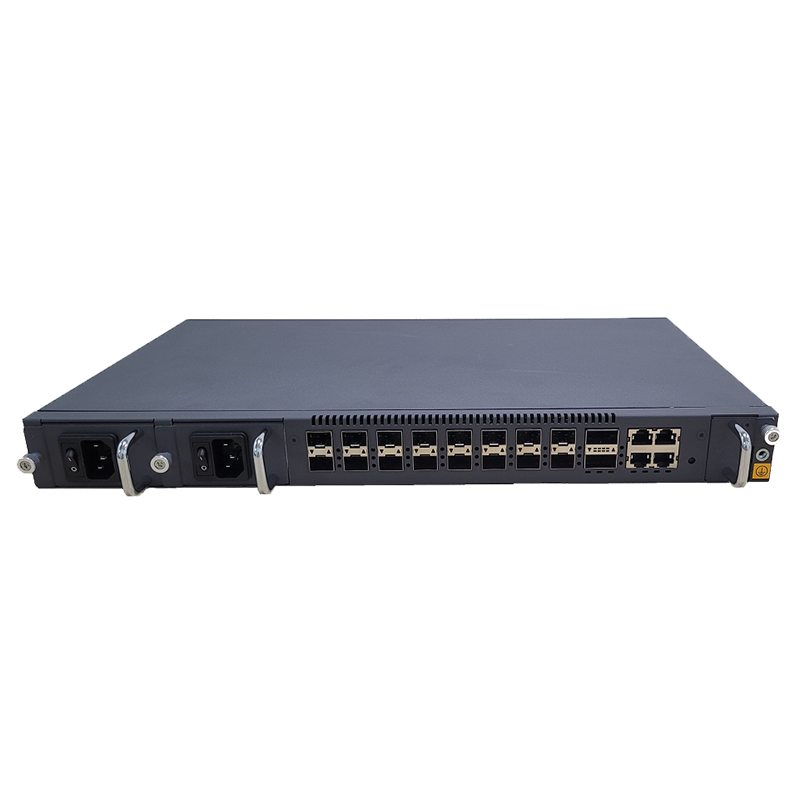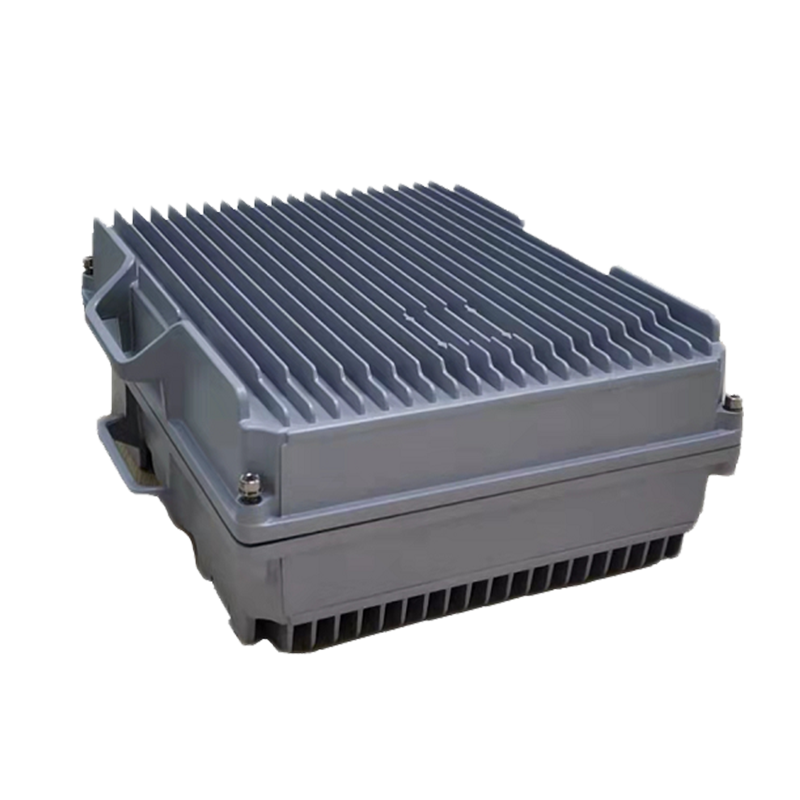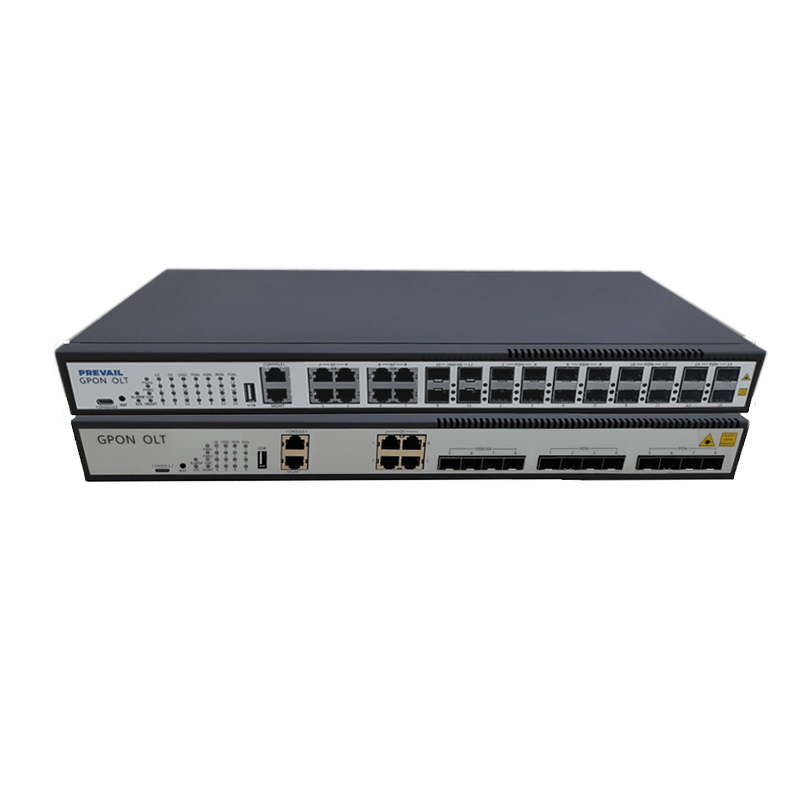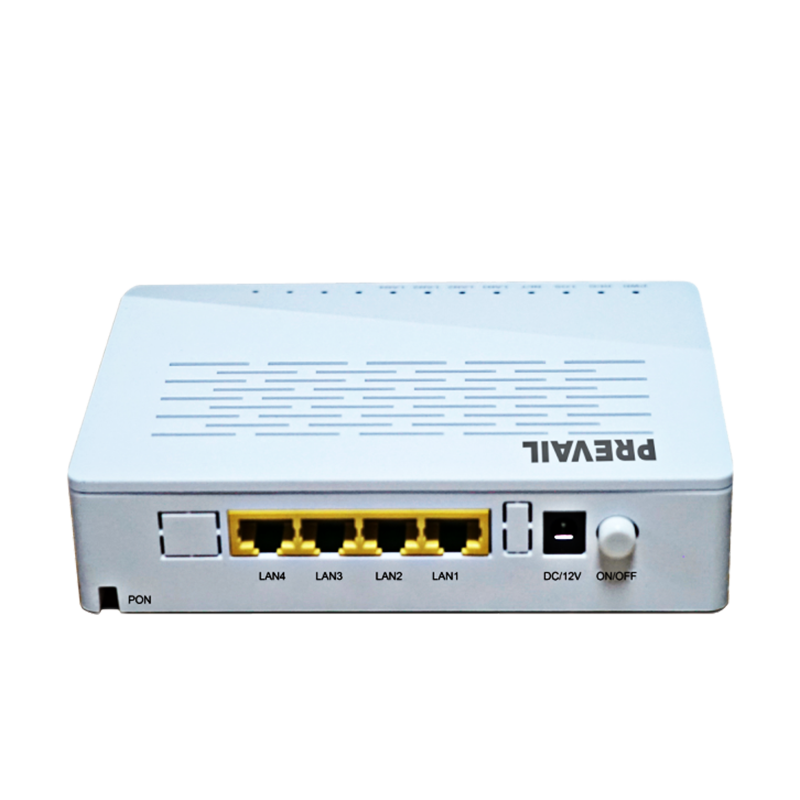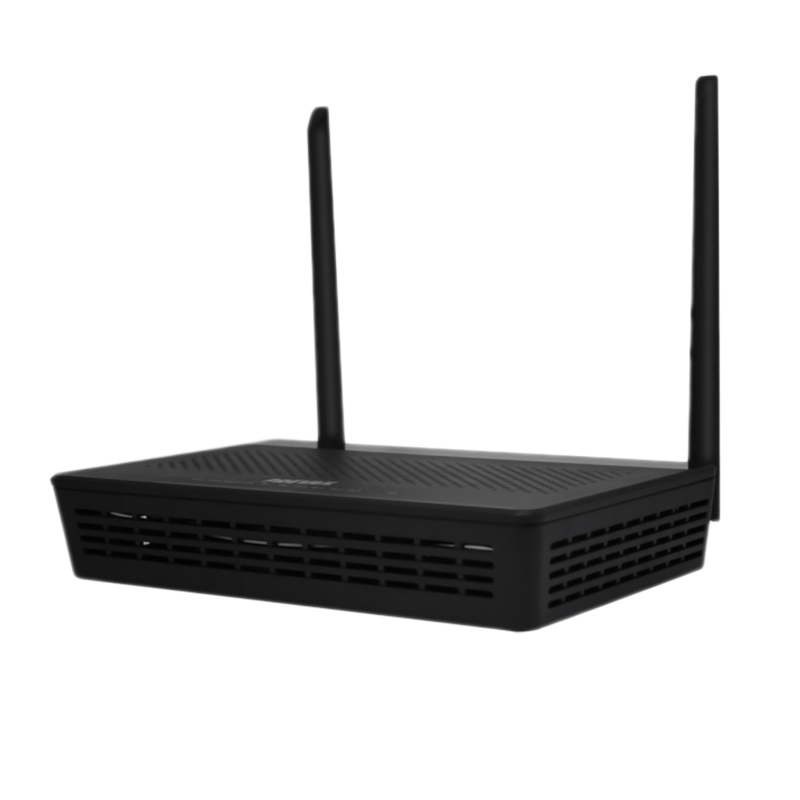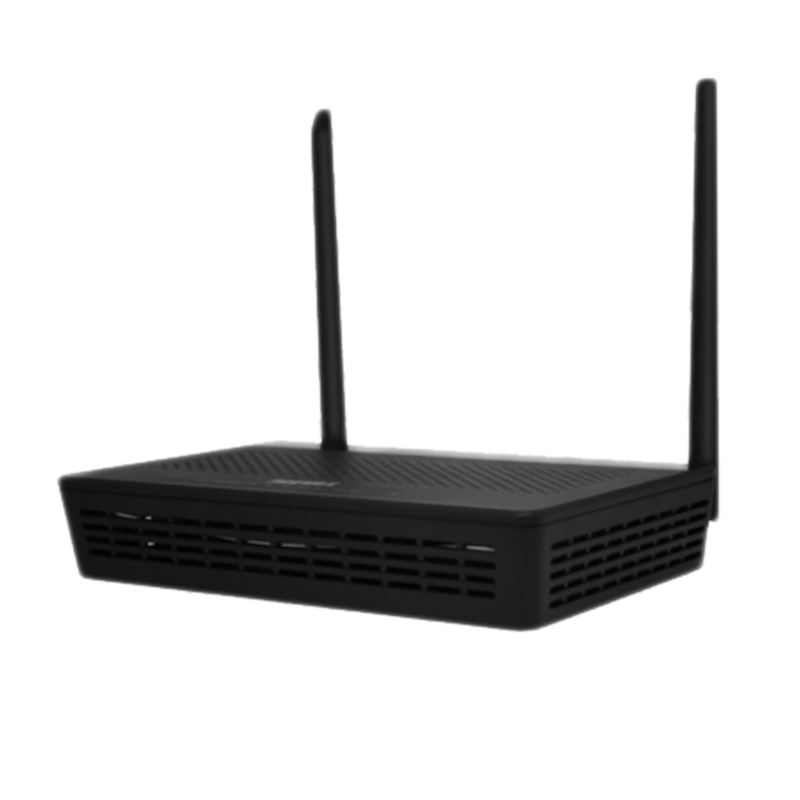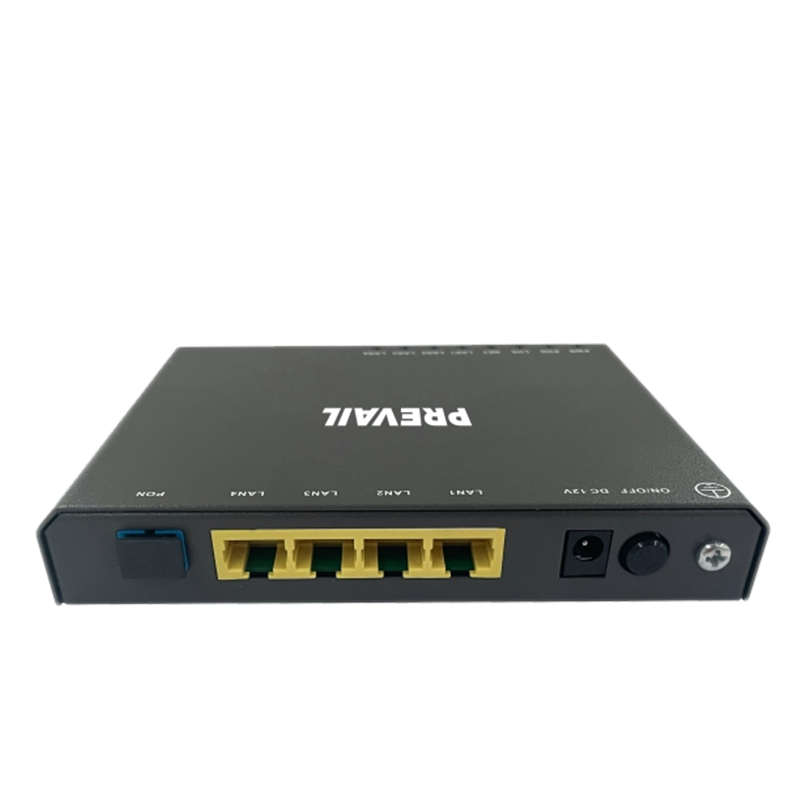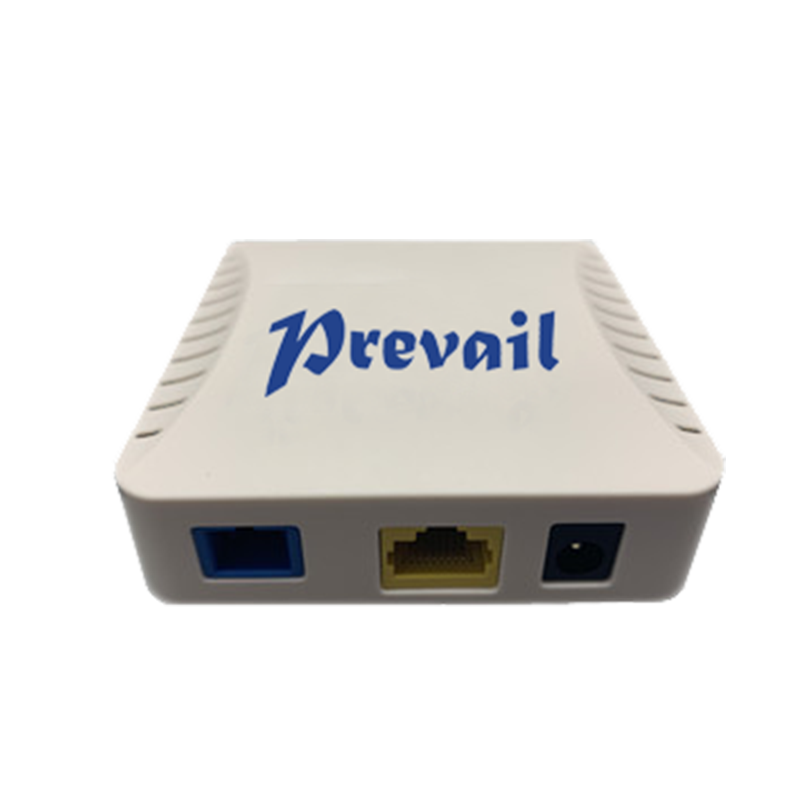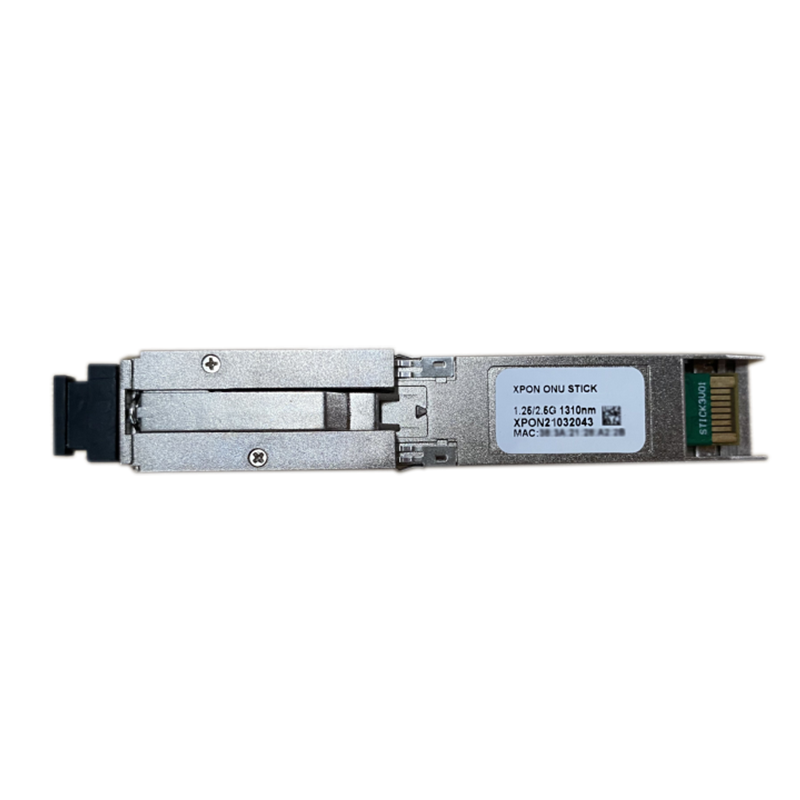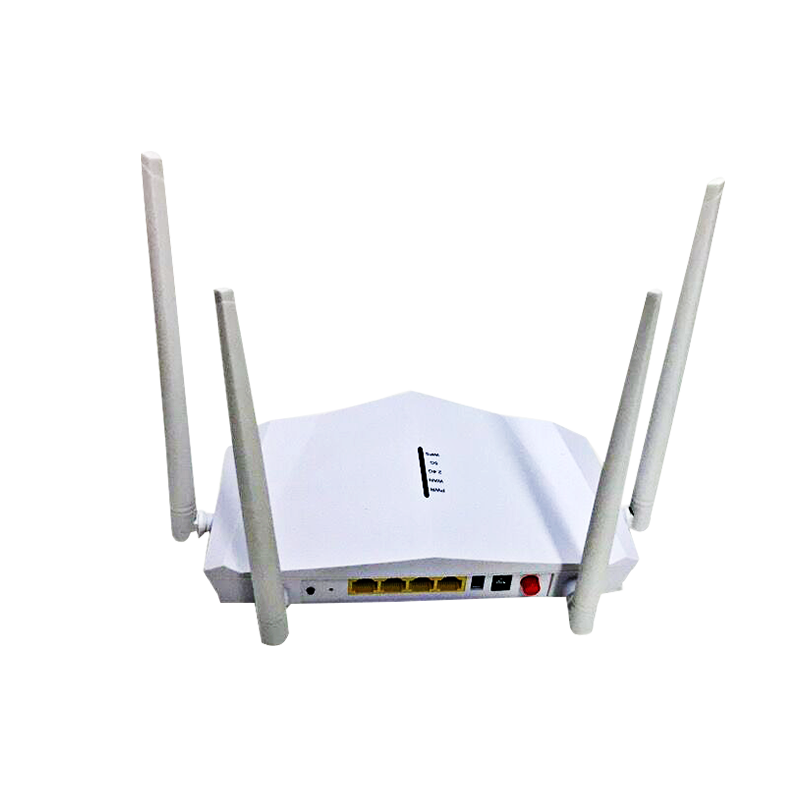HFC transmission equipment plays a crucial role
HFC (Hybrid Fiber-Coaxial) transmission equipment plays a crucial role in modern telecommunications, offering high-speed internet, cable television, and other data services to millions of users worldwide. By combining the benefits of both fiber optic and coaxial cable technologies, HFC networks provide a flexible and efficient solution for delivering broadband and multimedia services.
HFC transmission equipment refers to the infrastructure and technology used in hybrid fiber-coaxial networks. These networks combine fiber optics, which is used for high-capacity, long-distance data transmission, with coaxial cables, which are typically used for last-mile connections in residential and business areas.
The "hybrid" nature of HFC systems means that fiber optics are used for the backbone of the network, handling the bulk of the data transmission, while coaxial cables are employed for the final delivery of data to individual homes or businesses. This combination allows HFC networks to offer the high-speed capabilities of fiber optics, along with the widespread availability and ease of installation of coaxial cables.

HFC transmission equipment includes components like fiber-optic transmitters, receivers, amplifiers, coaxial cables, and network interface devices. These components work together to ensure reliable and high-quality transmission of internet, video, and voice services.
The HFC network operates by using fiber-optic cables to carry data over long distances, typically from a central hub to local distribution points. At these distribution points, the data is converted to a format compatible with coaxial cables, which then carry the signals to homes or businesses.
connection, which carries large amounts of data over long distances with minimal signal loss and high speed. Fiber-optic cables are typically used to connect data centers, headends (central locations for broadcasting), and local hubs.
Once the fiber-optic signal reaches a local distribution point, it is converted into a signal that can be transmitted over coaxial cables. Coaxial cables are then used to deliver the signal to individual homes or businesses, providing services like high-speed internet, cable TV, and VoIP (Voice over Internet Protocol).
To maintain signal strength over long distances and prevent loss of data quality, HFC networks use amplifiers and splitters. These components help boost the signal strength and distribute it evenly across multiple endpoints.
At the consumer end, modems or gateways receive the signal from the coaxial cable and convert it into a usable form for the end user, whether it’s for internet browsing, watching TV, or making voice calls.
One of the biggest advantages of HFC networks is the ability to provide high-speed data transmission. Fiber optics can handle large amounts of data at incredible speeds, while coaxial cables provide reliable, cost-effective last-mile connectivity. This combination allows service providers to offer high-speed internet and high-definition video services to users, making HFC a popular choice for broadband and cable TV providers.
While fiber-optic networks require significant investment for installation, HFC networks allow providers to leverage existing coaxial cable infrastructure, making them more cost-effective to deploy in urban and suburban areas. This cost efficiency has made HFC a popular choice for service providers looking to upgrade their networks without starting from scratch.
HFC networks are highly scalable, meaning that as demand for data services increases, the network can be easily upgraded to accommodate more traffic. Additional fiber and coaxial infrastructure can be added as needed to increase bandwidth and coverage, making HFC systems highly flexible for both small and large-scale deployments.
The combination of fiber and coaxial technologies results in a robust and reliable network. Fiber optics offer low latency and high capacity, while coaxial cables are durable and effective for local distribution. Together, they ensure that HFC networks can provide consistent service with minimal downtime or interference.
HFC networks are widely used to deliver high-speed broadband internet to homes and businesses. With speeds that can reach gigabit levels, HFC systems support bandwidth-heavy applications like streaming, online gaming, and large file downloads.
Cable TV services rely heavily on HFC transmission equipment. By transmitting a large number of television channels over coaxial cables, HFC systems allow service providers to deliver digital TV, HD, and 4K video content to consumers, often with additional features like on-demand streaming and DVR functionality.
Many HFC networks are also used to provide VoIP (Voice over Internet Protocol) services, which enable users to make phone calls over the internet. This service is often bundled with internet and TV services in triple-play packages.
As the Internet of Things (IoT) and smart home technologies become more common, HFC networks are also supporting the connectivity of various devices, such as security cameras, smart thermostats, and appliances. The high-speed, reliable nature of HFC systems makes them ideal for managing multiple devices within a smart home ecosystem.





